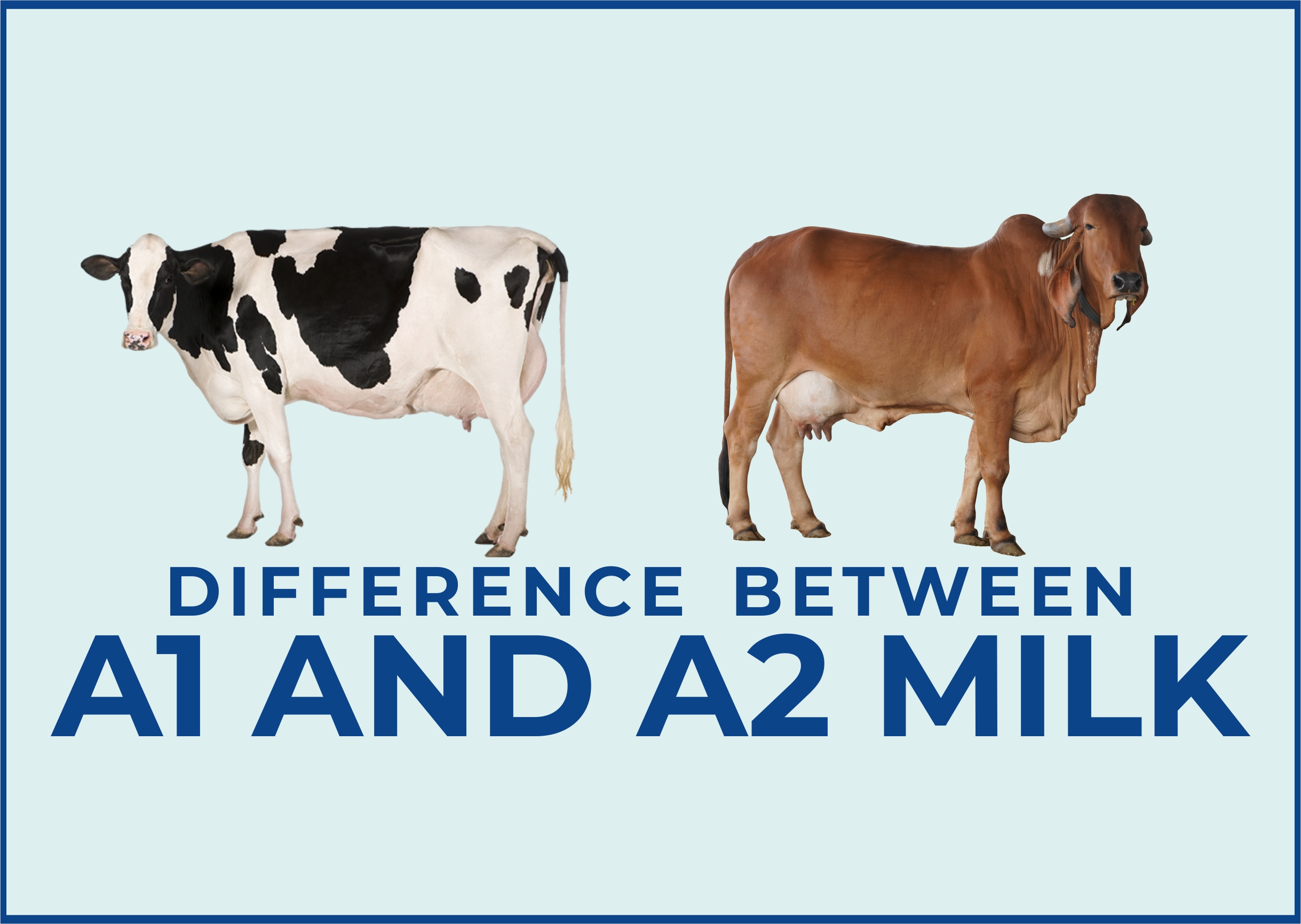
As of the third February 2020, 17,489 cases have been affirmed in China and 24 different nations, of which 362 patients have passed on. This has started a staggering reaction by the Chinese government setting in excess of 60 million individuals compelled of confined development, commanded wearing of covers out in the open (at the risk of capture), and increment of their social insurance limit by, for instance, development of a 1200-bed clinic in only ten days. The scourge seethes on with a normal of 2000 new cases announced every day.
Universally, on the 30th January 2020, the World Health Organization (WHO) of the United Nations pronounced the pandemic a general wellbeing crisis of worldwide concern. This characterizes the flare-up as an “unprecedented occasion which is resolved to comprise a general wellbeing danger to different States through the universal spread of malady and to require a planned global reaction conceivably”. A few nations and carriers quickly suspended travel from influenced territories, shut a few outskirts with China, and started exhaustive protection screening at air terminals.
Right off the bat, the Chinese specialists uncovered that a novel beta-coronavirus, named 2019-nCoV caused the episode. This was before long seen as fundamentally hereditarily identified with SARS-CoV and other bat coronaviruses. The main cases were related with a fish advertise in Wuhan, where live creatures were sold. This recommended a potential creature store for this infection and proposed zoonotic (creature to human) transmission. Later on, ecological examples acquired from this market were seen as positive for 2019-nCoV, reinforcing the speculation this is a zoonotic infection. In any case, while the infection was found to have begun at first among contaminated creatures, a large portion of the along these lines announced cases were demonstrated to be brought about by human-to-human transmission.
Beta-coronaviruses have caused major epidemics in the last 2 decades. In 2003, SARS-CoV was discovered in China before being spread globally, infecting 8,098 people and killing 774. This was later found to be zoonotic in origin and thought to have started amongst a bat reservoir before later infecting wild civet cats and raccoon dogs that were being sold at live wild animal markets destined for human consumption. In 2012, MERS-CoV was discovered in Saudi Arabia before also spreading globally resulting in 2506 confirmed cases and killing 862 people worldwide. Again, this started as a zoonotic virus, shown to move from camels to humans and again thought to have initially emerged from bats.











